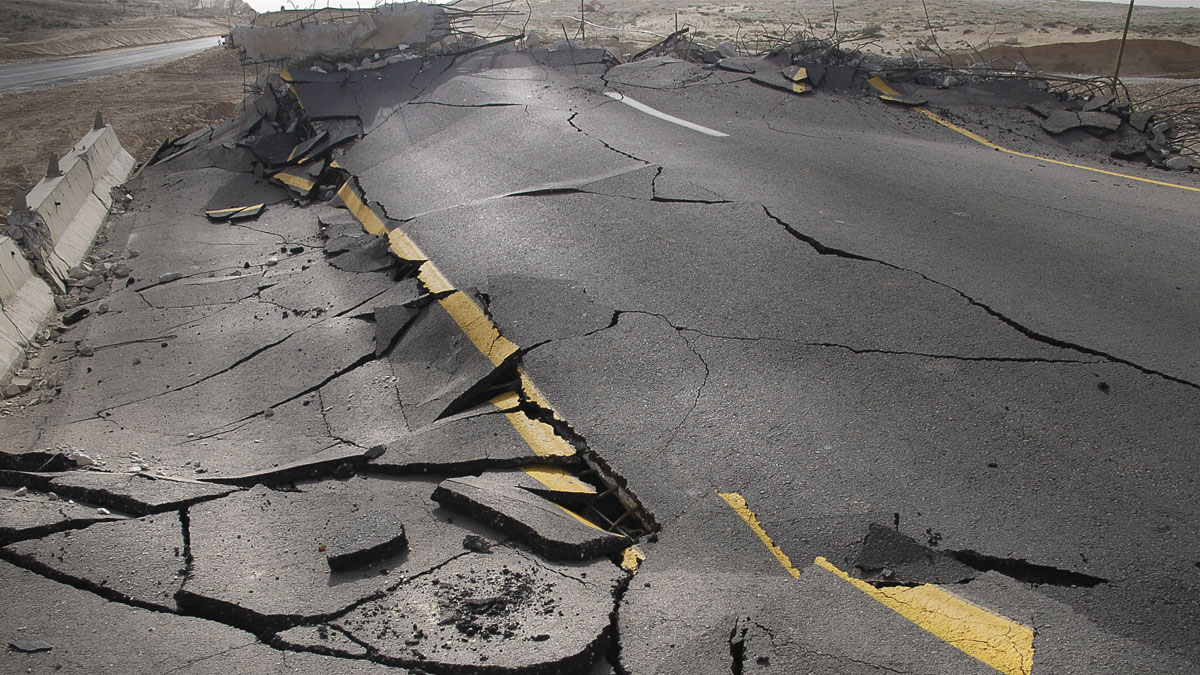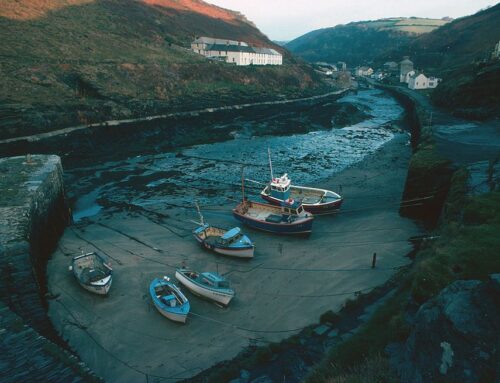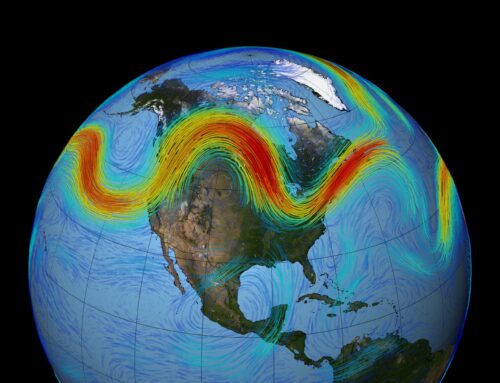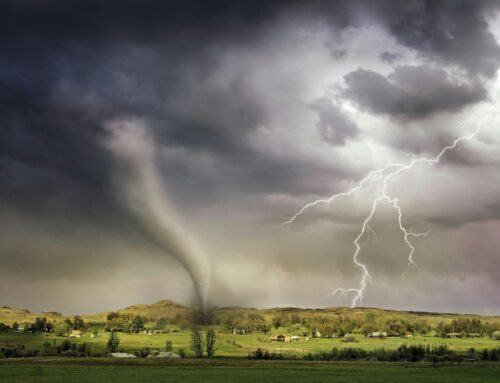Earthquakes are among the most powerful and unpredictable natural events on Earth. In just a few seconds, the ground can shake with enough force to topple buildings, shift landscapes, and alter coastlines. While they are not directly caused by weather, earthquakes can set in motion a chain of events that lead to other powerful natural phenomena—sometimes with devastating consequences.
Let’s take a closer look at what earthquakes are, why they happen, the different types, and the kinds of secondary events they can trigger.
What is an Earthquake?
An earthquake is the sudden shaking or trembling of the Earth’s surface caused by the release of energy stored in rocks beneath the surface. This energy travels through the ground in seismic waves, which we feel as shaking. The point underground where the earthquake begins is called the focus (or hypocenter), and the point directly above it on the surface is called the epicenter.
Why Do Earthquakes Occur?
Most earthquakes happen because of movement along faults—fractures in Earth’s crust where tectonic plates meet. The Earth’s lithosphere (its outer shell) is divided into massive plates that float on a softer layer called the asthenosphere. These plates constantly move, but their edges can get stuck due to friction. When enough stress builds up, the rocks break or slip suddenly, releasing energy in the form of seismic waves.
Other causes of earthquakes include:
- Volcanic activity – When magma moves beneath a volcano, it can fracture rocks, triggering small to moderate quakes.
- Human activities – Large-scale mining, dam construction, and deep fluid injection (like wastewater disposal) can sometimes cause “induced” earthquakes.
- Landslides or collapses – Sudden shifts in large masses of rock or ice can cause localized shaking.
The Main Types of Earthquakes
While earthquakes vary greatly in strength and depth, they can be grouped into several main types:
Tectonic Earthquakes
The most common type, caused by the movement of tectonic plates. These occur where two tectonic plates meet, and there are tree different types. The first is a strike-slip earthquake, when two plates slide past one another in a horizontal movement. Theses commonly occur on the San Andreas Fault in California. The second type is a thrust, or reverse fault, earthquake which occur when one plate is forced over another. The last is called a normal fault earthquake, which occur when two plates pull apart from each other, causing one block to drop down.

Volcanic Earthquakes
Triggered by volcanic processes, often occurring before or during eruptions.
Collapse Earthquakes
Small quakes caused by the collapse of underground caves, mines, or large rock formations.
Explosion Earthquakes
Result from nuclear or chemical explosions—these are human-made and rare.
What Can Happen After an Earthquake?
While earthquakes themselves are powerful, their aftermath can bring even greater hazards. One of the most significant phenomena is tsunamis. These massive waves are usually caused by undersea earthquakes that displace large amounts of water. A strong earthquake in a subduction zone can lift or drop the ocean floor, creating waves that travel across entire oceans.
The 2004 Indian Ocean tsunami, for example, was triggered by a magnitude 9.1 earthquake and resulted in over 230,000 deaths across multiple countries.
Other secondary hazards include:
- Landslides – Earthquakes in mountainous or unstable areas can trigger massive rockslides.
- Liquefaction – When shaking causes water-saturated soil to behave like quicksand, undermining buildings and roads.
- Seiches – Standing bodies of water, like lakes or reservoirs, can experience wave-like oscillations from seismic energy.
Do Earthquakes Affect the Weather?
While earthquakes do not directly cause changes in the weather, they can set off natural events that interact with weather systems. For example:
- Tsunamis can alter coastal conditions, influencing storms and tides.
- Volcanic earthquakes can trigger eruptions, releasing ash into the atmosphere, which can temporarily cool global temperatures.
- Landslides into rivers or lakes can change local hydrology, potentially influencing rainfall runoff patterns.
Staying Safe
Preparation is the key to surviving earthquakes and their aftereffects:
- Secure heavy furniture and objects in your home.
- Keep an emergency kit with food, water, and medical supplies.
- Know safe spots indoors (under sturdy furniture, away from windows) and evacuation routes if you live in a tsunami-prone area.
Final Thoughts
Earthquakes are the planet’s way of releasing pent-up geological stress. They occur because our planet is constantly moving beneath our feet, and while the shaking itself is dangerous, the chain reactions they set off—like tsunamis, landslides, and volcanic eruptions—can be even more destructive. Understanding what they are and how they work is the first step toward staying safe when the ground starts to tremble.









